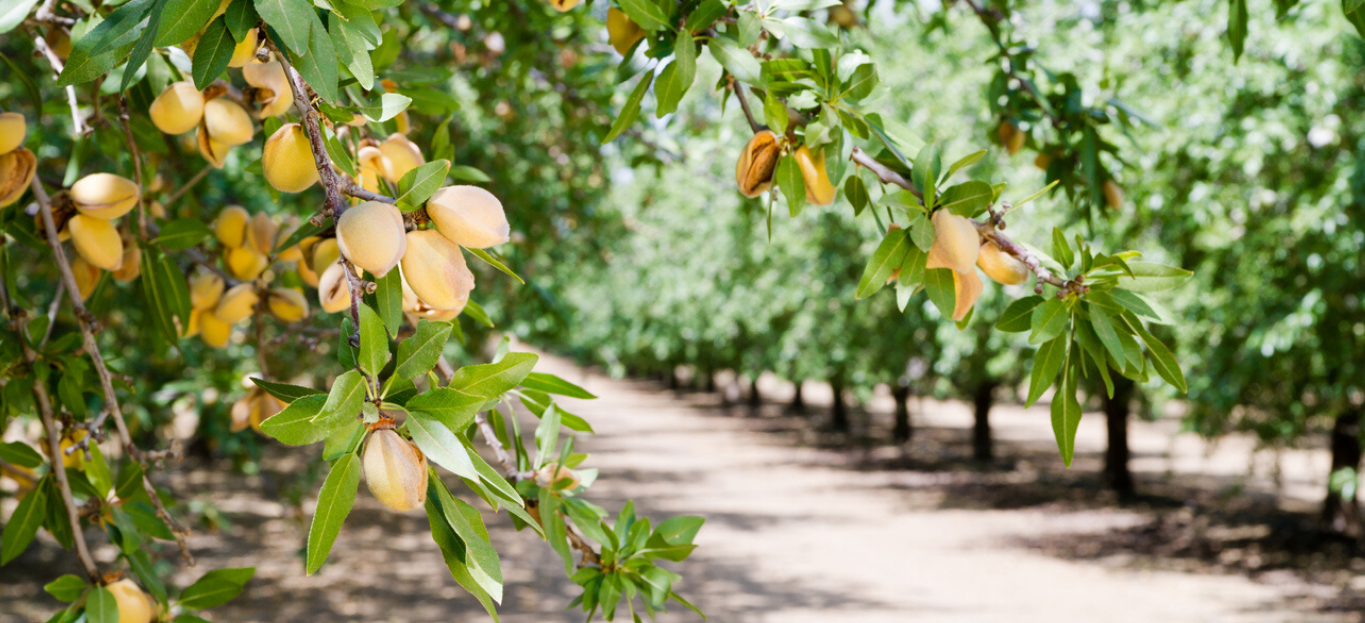Wanting to Earn Some Extra Income? Top Profitable Trees to Grow on Your Property
You don’t have to be a full-scale farmer to be able to make a profit from plants. In fact, lots of people all across America have started to plant gardens filled with herbs or bushes that will produce plentiful fruits and veggies. But what about trees? Though these gardening counterparts might be bigger than others you can add to your property, that means double the produce and more profit.
Don’t be discouraged by their size and maintenance, here are some of the top profitable trees to grow on your property, whether you want to sell the trees themselves or sell their produce.
Top Profitable Trees to Grow on Your Property
- Dogwood: Not only is this flowering tree beautiful, but they are easy to grow. You could either sell these trees as babies in pots or wait until they are full-grown to sell the flowers.
- Willow: If you’re hoping to sell a multi-use tree, consider the Willow. Not only could you sell them as trees for someone to put on their property, but you can also sell their flexible bark for crafting.
- Elm: Though these trees can grow to be huge, many people love them for their looks and the shade they provide. Consider growing these trees in pots as juvenile trees to those who plan to add some to their property.
- Japanese Maple: Have less room on your property to use for tree growing? Consider the Japanese Maple. They take up significantly less room than an Elm or Willow would. Many people love their blooms and their look.
- Bonsai: These trending plants are all the rage for hobbyists gardeners and plant fans everywhere. Plus, they’re smaller which means more room to grow.
- Almond: If you have the room to grow many trees and keep them on your property, consider the almond tree. They are beautiful, create very popular produce, and can really bring in that extra money for you.
- Avocado: We all know how much avocados are the rage right now. Growing a produce tree that gives you an expensive product that everyone loves is a smart business decision.
- Flowering Cherry: Another great produce tree is the flowering cherry. Whether you want to sell them as babies or whether you want to grow them to their full potential to sell the cherries, these trees are fantastic, and stunning, options to consider.
- Christmas Trees: If you have the room to plant many trees, consider setting up a Christmas tree farm! Everyone loves a good Christmas tree, and you will really rack in extra money right when you need it the most: the holidays.
Premier Tree Solutions has been providing quality, professional tree services to the metro Atlanta and surrounding areas for more than ten years. If you need any help with any of your tree services needs, including help choosing from the top profitable trees to grow on your property, click here to contact us or give us a call at 404-252-6448.








